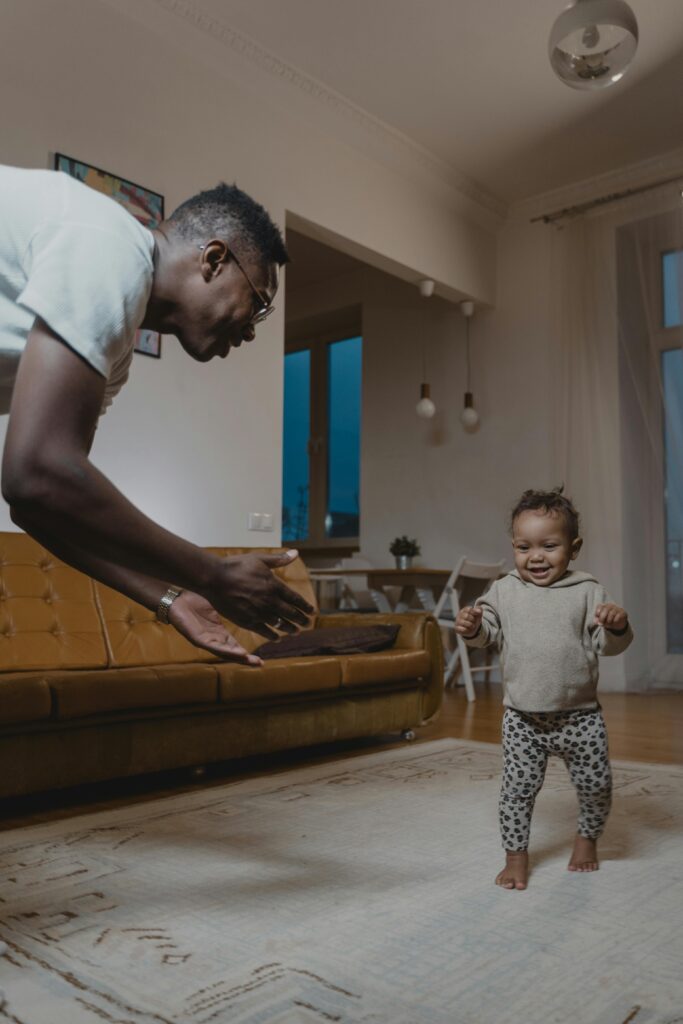In the last semesters, I have worked a lot from the extremities, the arms, and legs. There we explored the connection lines from the hand through the arm and how it then connected further with the chest and through the pelvis with the legs. Or from the foot through the leg to the pelvis, the spine, the chest, and the head. Now I have proposed to start precisely from the centre, from your core.
Different stages of movement

When you look at the most primitive form of movement, it’s the unicellular organism, the amoeba. The amoeba moves by contracting and expanding in a sort of pulsating manner. You can see this reflected in our breathing.
The next form of movement is like a starfish, which has his point to the outside but moves entirely from the centre. As a result, his points also change position. In the human form, this is bending and stretching, alternating abdominal muscles with back muscles, or contracting and extending. In dance, this is called contract and release.
Then follows the movement where the left side moves simultaneously, so the left arm and left leg. And the same for the right side. This creates a sort of rolling, without much change in the spine. In the Feldenkrais community, we call this undifferentiated, as it keeps the torso more or less in one form. This is presented in the first phase of walking. Such a proud toddler with hands up and waddling a bit wide-legged to the right and left with each step. This is the phase where the hand and leg work so closely together that there is no possibility of holding anything in the hand. Everything is focused on maintaining balance by moving the right arm and right leg simultaneously and the left arm with the left leg.
More complex movements
The next phase in movement development is when the right arm and left leg start to work together, and the left arm and right leg. In the development of a baby, this is called lateralization. That is when a child no longer must think about their balance, and development can focus on fine motor skills. This is when the child chooses which hand is favoured, hence the name. We call this differentiation, a much greater complexity, especially in torso movements. As a result, arms and legs become freer to do other things, fine motor skills come to the forefront. This is also the phase where a ball is kicked away for the first time. The torso slowly becomes more integrated into every movement.
Loss of complexity
Dr. Moshe Feldenkrais understood the necessity of this development very well. He used many movements of hands and feet, arms and legs to stimulate mobility in the torso because he saw what children develop naturally in their first years is often lost in adults. This is largely due to our predominantly sedentary lifestyle. But stress or a crisis in life can also cause us to revert to more primitive movements, or in our terms, less differentiated.
From the centre as a form of movement
But there is another way to achieve it. Especially for those who have extensively tried the other way, this approach can offer a new perspective on their movement. This is to start the movement precisely in the torso, from the centre. Not that I have never offered such movements before, but more as a sort of collection of movements. This gives it more emphasis. I have already looked at my movement collection. It will be quite a challenge to pick out these gems. Most of the lessons are movements I mentioned at the beginning. As you know, I love challenges and exploring by doing, week after week.
The autumn series is therefore ‘From your centre point’ and will start the first of September at 5:30 PM in the Atjehstraat. more information on the groupclasses page.
The introductory lesson is on Thursday, 28-8-25 at 8 o’clock via Zoom. That lesson will be in Dutch. Register via feldenkraisutrecht@lombok.nl

No comments yet.